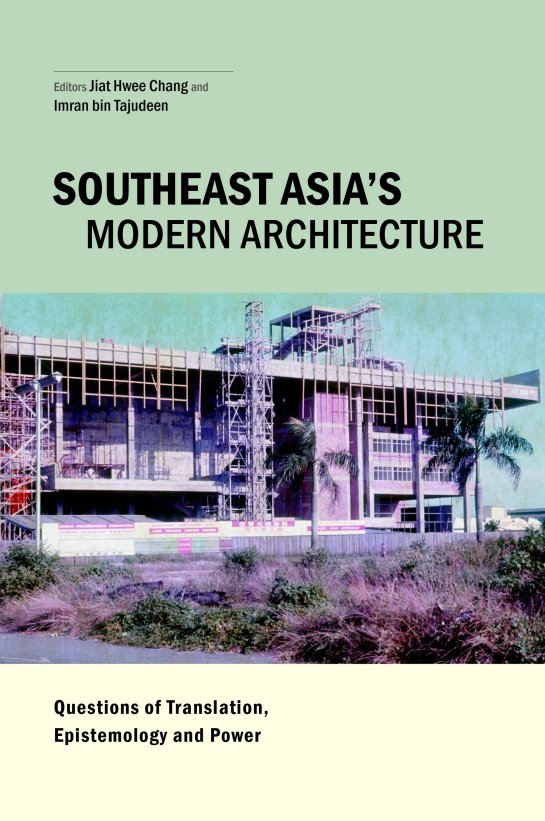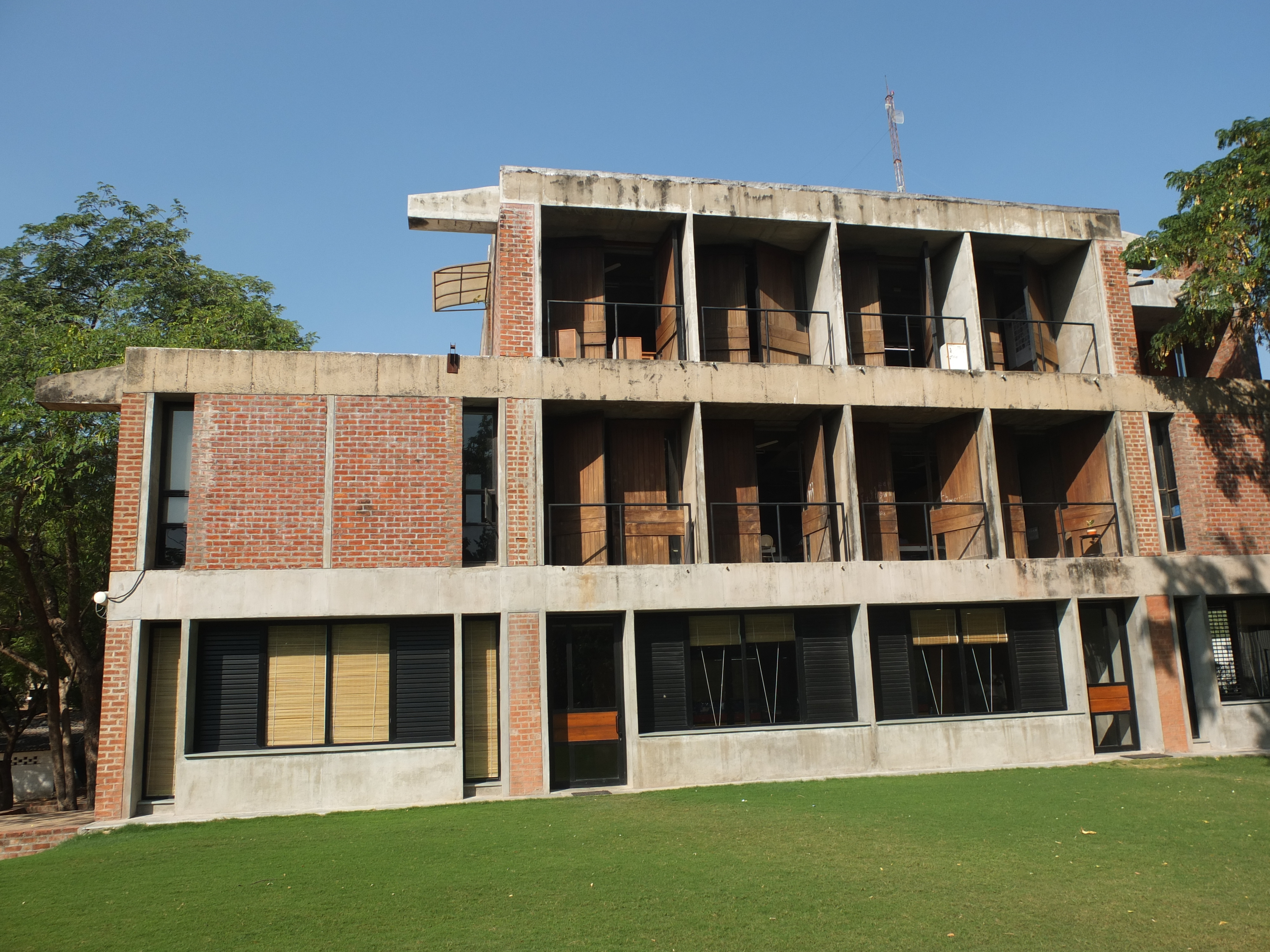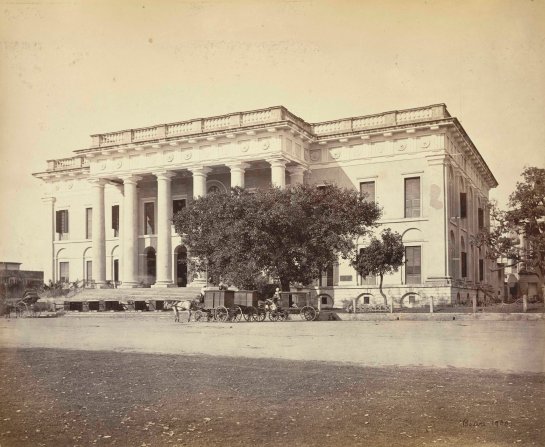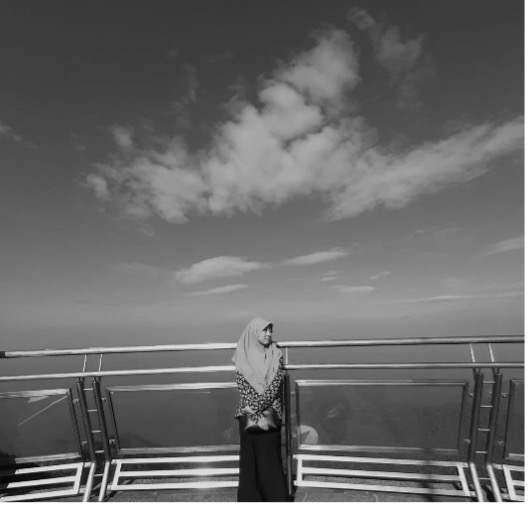
Name: Widad Alis
PhD Research Title and Summary: British Malaya: Colonialism and Architecture in Federated Malay States in 1875-1941.
Preserving colonial buildings is difficult in this modern world. In Malaysia, the difficulty can be seen from the news that arises each year regarding the decision to demolish the colonial building in the name of development especially in Kuala Lumpur, the capital city (that never stops developing). However, many non-government organizations and historians are taking action to prevent it once the news appeared. This situation may possibly be a never-ending story. Concerning this issue, I believe that education is important to prevent demolishing and adding value to the colonial buildings. Therefore, to learn the importance of heritage buildings must come from the history itself. So, conducting historical research on colonial buildings will be one of the solutions to this problem.

Figure 2 one of the heritage buildings that is no longer exist
Historically, British Malaya consists of three parts of administration systems which are Straits Settlements, Federated Malay States, and Unfederated Malay States. All three parts were later merged to be Malayan Union that leads to the forming of Malaysia this day. Upon researching, I found out that Federated Malay States have less historical research done on their British colonial buildings which leads me to focus on them.
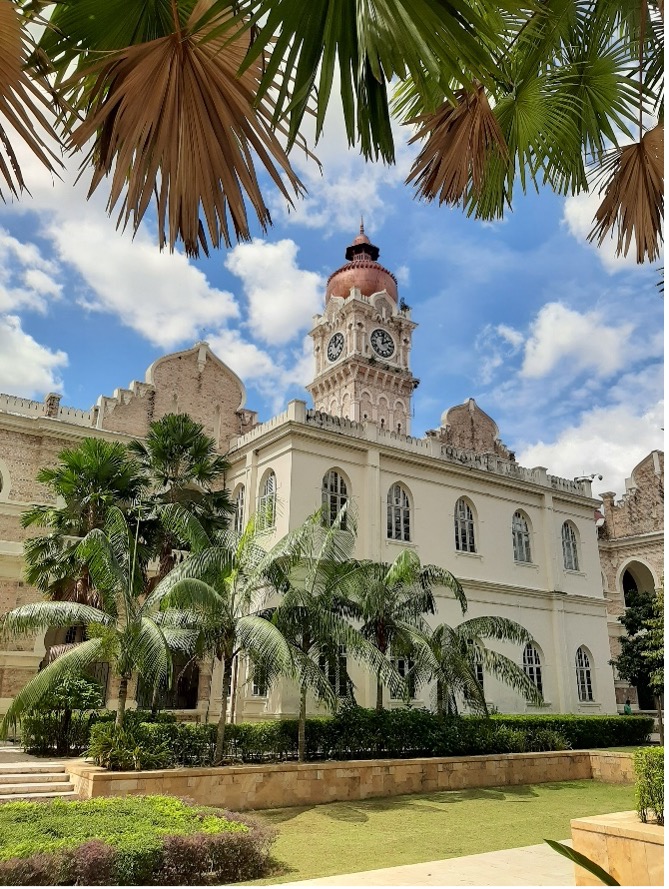
Federated Malay States was the beginning of British establishment in the Malay Peninsula. It is intriguing to see how the British developed the states to become one of the wealthiest among their other settlements. Also, to see how the architecture style is being brought from outside into the Federated Malay States. The architecture was developing through the development of Federated Malay States and each building have their own uniqueness in their design. It is interesting to see how the process of constructing the buildings was in history also what made them choose a certain type of architectural style to apply in this environment and how the architecture was finally developed into a style that comprises the culture of the community.
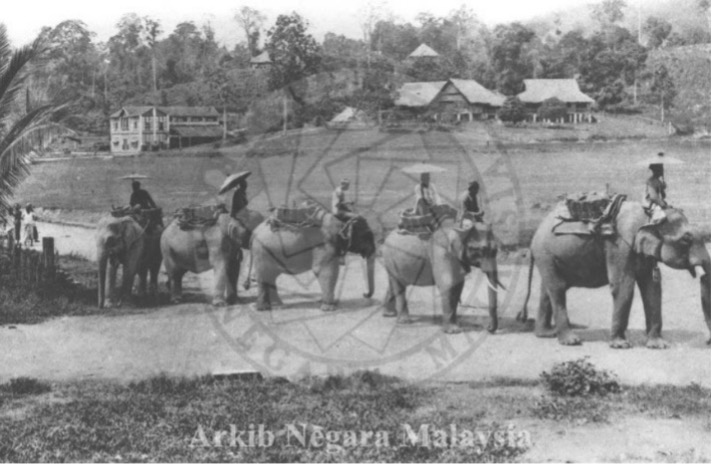
Figure 4 Credit to National Archives of Malaysia
Archival research is the main data collection method for this study. The research will be conducted in several archives located in Malaysia, Singapore, and United Kingdom. Case studies also are one of the methods to explore their architecture and the development of the capital towns that were formed during the British administration in Federated Malay States. Fieldwork will be performed to observe and mapping the site also photographing the buildings with their environment.
Aims and Objectives:
- Constructing a history of Federated Malay States through architectural production lens
- Recording the development of colonial architecture in Federated Malay States
- Analysing the factors that contribute to the development of their architecture
- Recognizing the British Vision through the architecture of Federated Malay States
What did you do before the PhD Research?
I was a practice assistant at an architectural firm in Malaysia before decided to continue my studies for Part 2 in Master of Architecture at The University of Newcastle, Australia. After completing my master’s, due to some family reasons, I was needed to work near our home, so I become a graphic designer while doing part-time architectural work.
Why did you pursue a PhD, and what made you choose the University of Liverpool?
I decided to do PhD because I wanted to step out of my comfort zone. I also want to upgrade my knowledge in a different way than what I was used to in the architectural field. I also got interested in heritage buildings during the time of my degree in architecture when we got to visit various heritage buildings in several countries. So, I decided if I want to do a PhD, I wish to research heritage buildings as they look remarkably unique from my perspective.
For my PhD study, I have decided to study in the UK because I would like to explore a new environment and new system. Besides, the Malaysian government gives a lot of support for their citizen to study in the UK. So, sponsorship is not a problem. While selecting the university, I came across the university website and found an architecture PhD student testimonial on how it was like to study at The University of Liverpool. From there, I started to explore the School of Arts page and seeing that they are very active in architectural heritage research which is my research interest. Therefore, I thought that this university is suitable for me and immediately register the PhD.
What have you found the most fun part of the PhD, and the most challenging?
The fun part of the PhD is the knowledge that you acquire during the process. Besides, getting to know more about history and heritage buildings in my country seems a turning point for me as it increases my knowledge about my own country wherein school the history that we have learned is missing the details. It feels like you to get to learn a new story.
The most challenging part is that sometimes I am not sure of what I am doing and feeling not confident with my own research. I also feel like time is chasing after me because there are so many things to read and if you cannot focus you have to read it again. Not only that, doing a PhD makes you feel like you are in kindergarten because you have to learn everything from the very basic in your research topic. Besides, controlling your emotions and habits without affecting the PhD journey is also very challenging.
Post-Phd? Any ideas of what you’d like to do next?
I do not have anything planned yet for what I want to do next. But the options remain either to be in academia or industry. It will still be a new experience for me if I be in academia or industry. So, I would love to see how my PhD journey ended before deciding anything because I believe that at the end of my PhD, I might know what my strengths are.
Any advice for others interested in doing a PhD?
My first advise is if you do not have any research background, you might want to do some research about it like interviewing PhD students or someone who has already graduated from PhD in order for you to have a clear view of PhD journey. It will be useful as you come prepared for this journey. Secondly, you might want to do lots of reading in a wide scope around your topic and the methodology before registering for your PhD because it will save you lots of your time when you already know the basics. Lastly, you should know how to motivate yourself and enjoy the journey in the long run as this will help you during difficult times.





